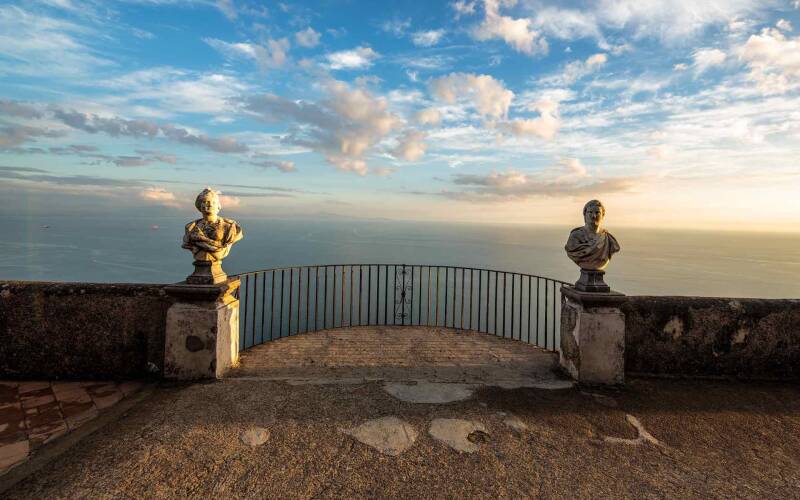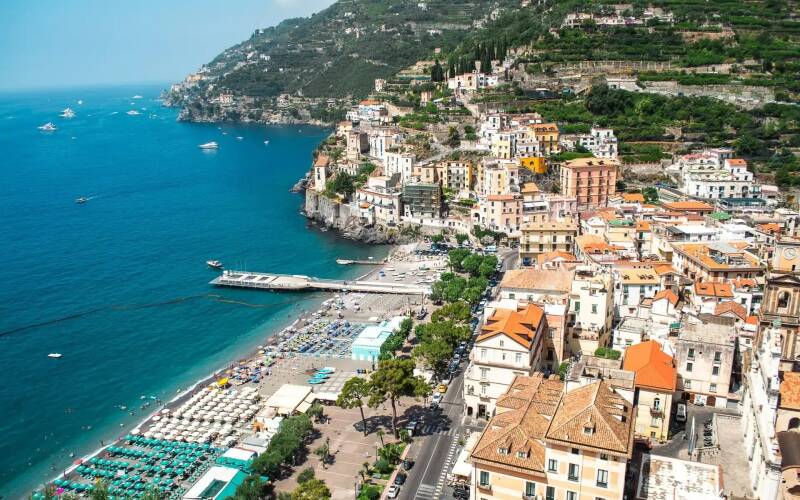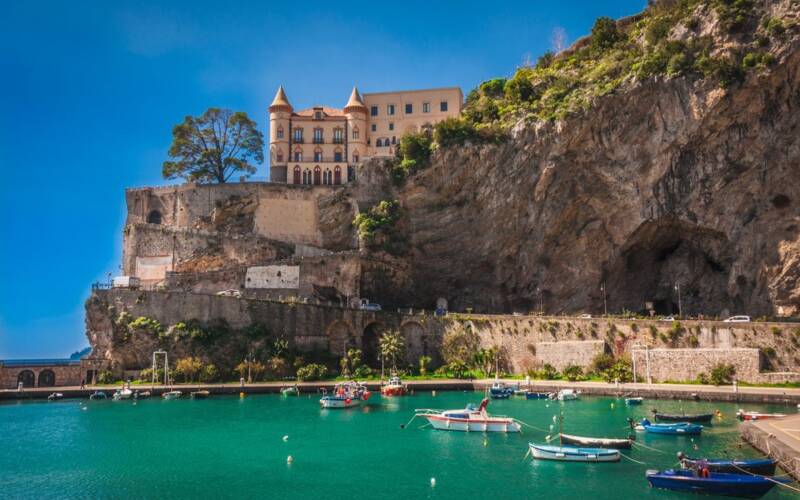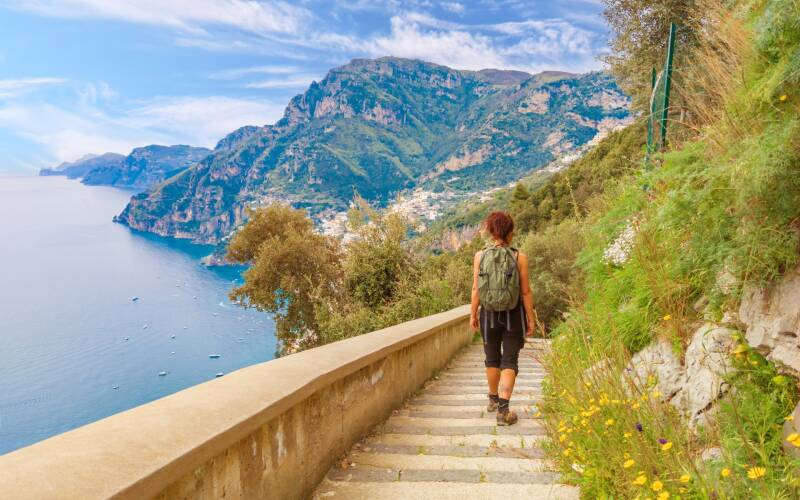- Search magazine...
- Magazine by Category
- Magazine by Region
- article detail
- Search magazine...
- Magazine by Category
- Magazine by Region
- article detail
As the Italian autumn settles over the Amalfi Coast, the region sheds its summer crowds and reveals a quieter, more intimate side. The winding coastal roads become peaceful paths to discover, leading to hidden coves, terraced lemon groves, and centuries-old villages that feel untouched by time. With fewer tourists, elite travellers can explore all the vibrant villages on the Amalfi Peninsula, strolling through the cliffside gardens, discovering all the museums and architectural wonders without the usual rush, and indulging in a luxury villa for rent that offers panoramic views and private access to the coast’s treasures. The region’s high-end charm deepens in autumn, with gourmet dining, bespoke experiences, and artisanal boutiques that reflect the coast’s timeless elegance, and wandering through scenic rentals tucked into the hills and overlooking the sea adds a layer of serenity to the experience. As the weather remains pleasantly warm, the sea inviting, and the sunsets cast a golden glow that renders each moment cinematic, this season is a refined holiday invitation, offering an ideal vacation for those seeking authenticity, elegance, and space to breathe and time to wander. Below are some of the most enchanting villages and hidden gems along the Amalfi Coast that promise unforgettable autumnal charm.

Scenic coastal road, Amalfi Coast
Atrani
Tucked between steep cliffs and the shimmering Tyrrhenian Sea, Atrani remains one of the Amalfi Coast’s most authentic enclaves. Its colorful facades and its maze of narrow alleys and vaulted passageways open onto quiet piazzas where daily life unfolds with timeless grace. During the enchanting season of autumn, with the summer crowds gone, distinguished travellers experience tranquility in the baroque beauty of Atrani, embodied by the Collegiate Church of Santa Maria Maddalena. Atrani’s charm lies in its understated elegance, where every sunlit staircase and intimate café shaded by lemon trees reveals a story etched in stone. In autumn, the village glows with soft light and slower days, offering a contemplative escape into the soul of the coast.
Ravello
Perched high above the Tyrrhenian Sea, Ravello offers a refined escape where elegance and serenity converge. In autumn, as the coastal bustle fades, the town reveals its most intimate character. Winding lanes lead to secluded gardens and panoramic terraces that have long inspired artists and composers. Villa Rufolo enchants with Moorish cloisters and cascading gardens that once inspired Wagner’s vision of an enchanted paradise, their foliage tinged with autumn gold and the scent of citrus lingering in the crisp air. Just beyond, Villa Cimbrone’s Terrace of Infinity becomes especially evocative in this season, its marble busts silhouetted against amber skies and sweeping views of the misty coastline. With fewer visitors, Ravello transforms into a sanctuary of culture and contemplation, suspended between sky and sea.
Minori
Nestled between citrus groves and the sea, Minori offers a discreet elegance that comes into full bloom in autumn. As the summer crowds fade, the village reveals its quiet sophistication, where heritage and refinement meet in perfect balance. The ancient Villa Romana, a first-century imperial residence, stands as a symbol of timeless luxury, its mosaics and frescoes illuminated by the soft seasonal light. For those with a taste for indulgence, luxurious experiences celebrate the region’s finest local products, including the famous Limoncello. In Minori, luxury is found not in excess but in silence, history, and the art of slowing down.
Maiori
Maiori offers a more spacious elegance along the Amalfi Coast, especially in autumn when the pace slows and the light softens. Refined holidaymakers are drawn to its sweeping beachfront promenade, framed by citrus groves and views of the open sea. The majestic Norman Tower, perched on a rocky spur, now hosts an exclusive restaurant renowned for its fine cuisine and dramatic coastal setting. In this season, selected terraces offer curated tastings of local wines and seasonal dishes, blending Campanian tradition with contemporary refinement. The elegant Mezzacapo Castle, with its neo-Gothic architecture and lush gardens, adds to Maiori’s quiet sophistication, inviting guests to unwind in style amid history, sea, and flavour.
Vietri sul Mare
Renowned as the cradle of Italian ceramics, Vietri invites refined vacationers to explore its heritage at the Ceramics Museum, housed in the elegant Villa Guariglia in the nearby hamlet of Raito. But the artistry is not confined to museum walls. Across the town, many shop façades, fountains, and benches are adorned with hand-painted majolica tiles, turning Vietri into an open-air gallery. In this quieter season, local ateliers and ceramic studios welcome visitors for intimate encounters with the creative process, offering exquisite one-of-a-kind pieces to collect and take home as refined expressions of Vietri’s timeless artistry.
Sentiero degli dei
The Sentiero degli Dei, or Path of the Gods, offers an unparalleled way to experience the Amalfi Coast’s breathtaking landscapes. Stretching from Agerola to Nocelle above Positano, this scenic trail winds through terraced vineyards, dramatic cliffs, and panoramic vistas of the sparkling Mediterranean. For discerning explorers, private guided hikes provide an elevated experience, complete with expert insights, curated stops, and gourmet picnics amidst nature. Every step along the path reveals the region’s timeless beauty, combining adventure, tranquility, and luxury in one unforgettable journey. The Sentiero degli Dei is more than a hike; it is a sophisticated immersion into the soul of the Amalfi Coast.
To truly experience the Amalfi Coast at its most serene and refined, stay in one of Home in Italy’s luxury private villas for rent. Let your journey begin in a space designed for beauty, privacy, and timeless relaxation that perfectly blends the Amalfi coast’s traditional soul with modern elegance. Our bespoke concierge service is here to elevate every moment, curating exclusive experiences tailored to your desires.
Copyright © Home in Italy. All rights reserved.
santolina

8 • 10 5 5
Amalfi Coast, Anacapri
from 26,000 to 34,000 € / week
casa limone

8 4 5
Amalfi Coast, Amalfi
from 12,000 to 17,600 € / week
villa astor wedding villa

12 6 7
Amalfi Coast, Sorrento
Price On demand
villa san giacomo

16 • 24 12 22
Amalfi Coast, Positano
from 49,550 to 106,200 € / week
miranda

12 6 7
Amalfi Coast, Nerano
from 12,800 to 33,000 € / week
gardenia

14 7 9
Amalfi Coast, Marina Del Cantone
from 16,000 to 24,000 € / week
calliope
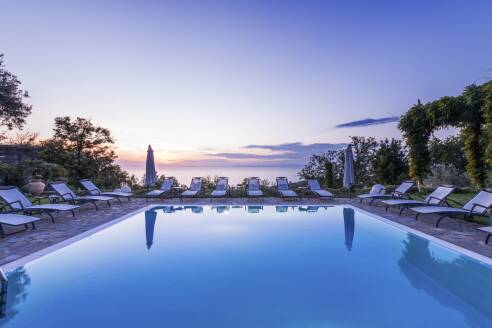
14/16 7 9
Amalfi Coast, Massa Lubrense
from 19,000 to 25,950 € / week
stella marina

10 5 7
Amalfi Coast, Nerano
from 13,350 to 22,700 € / week




